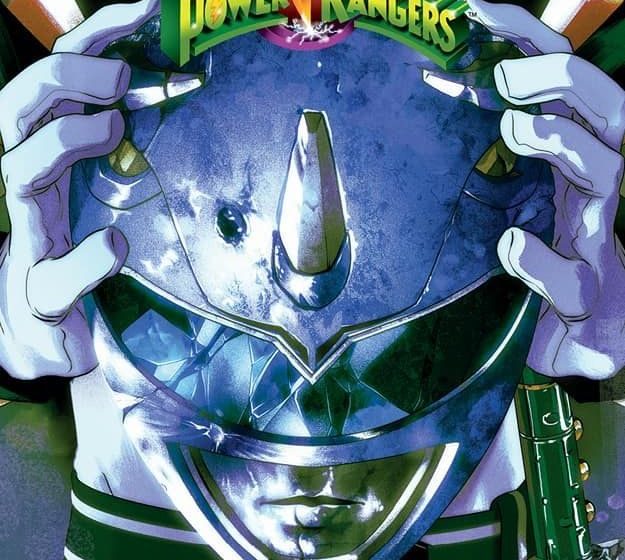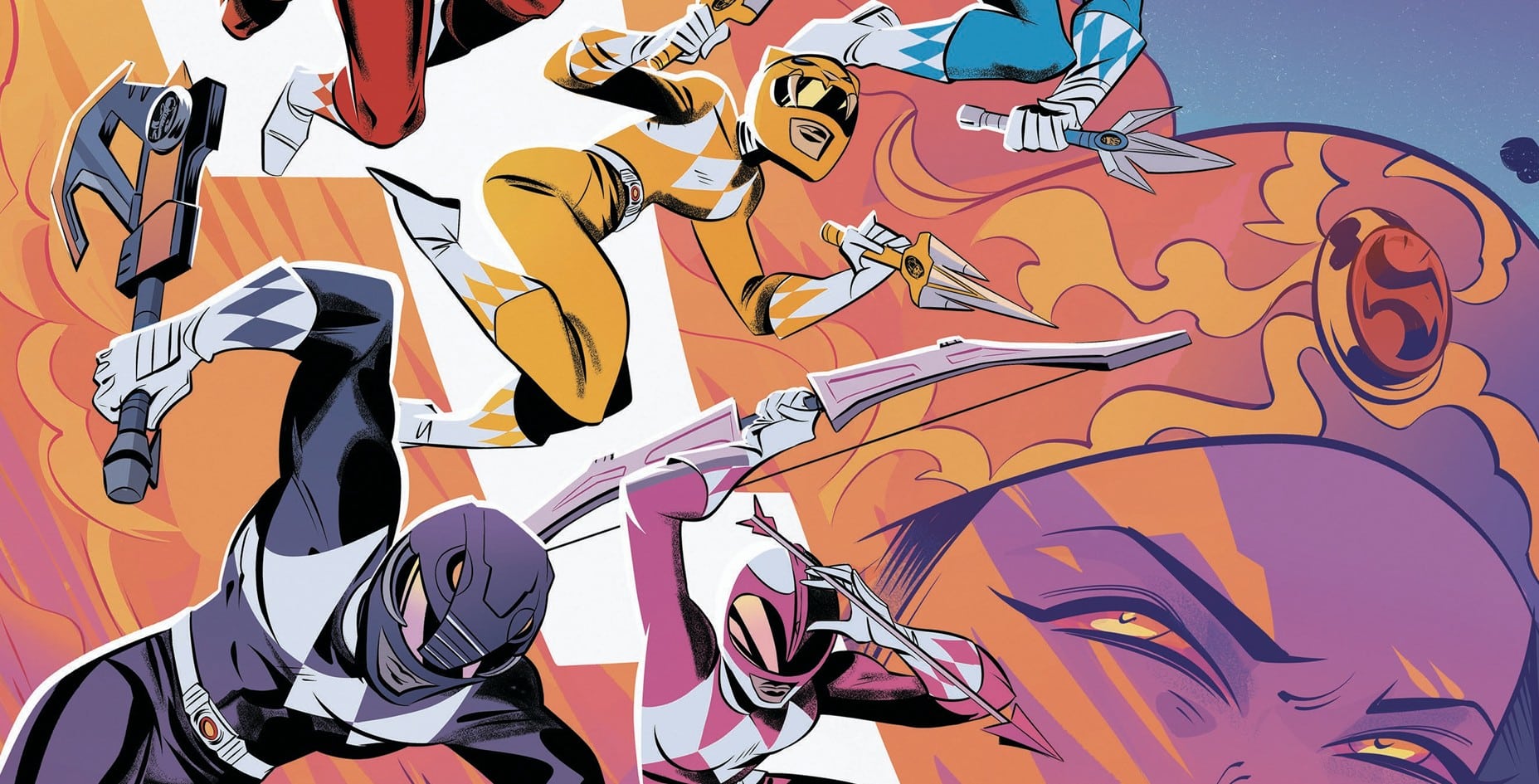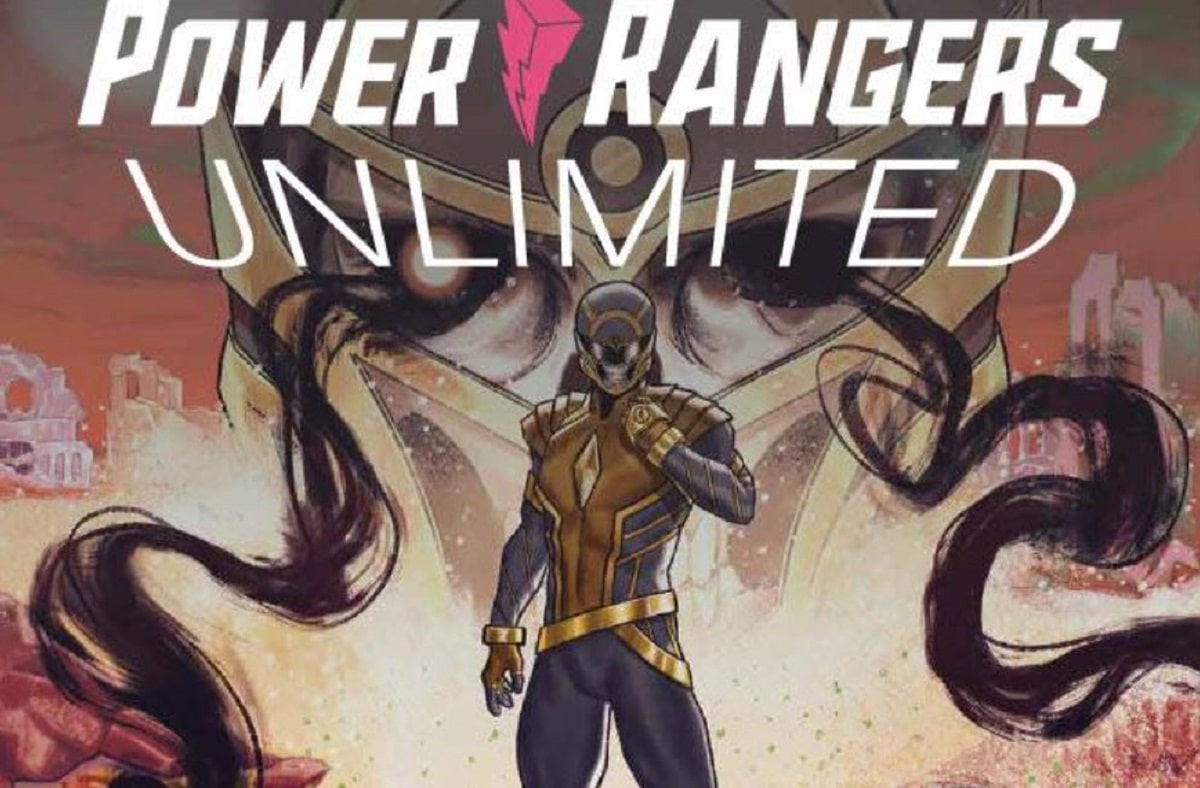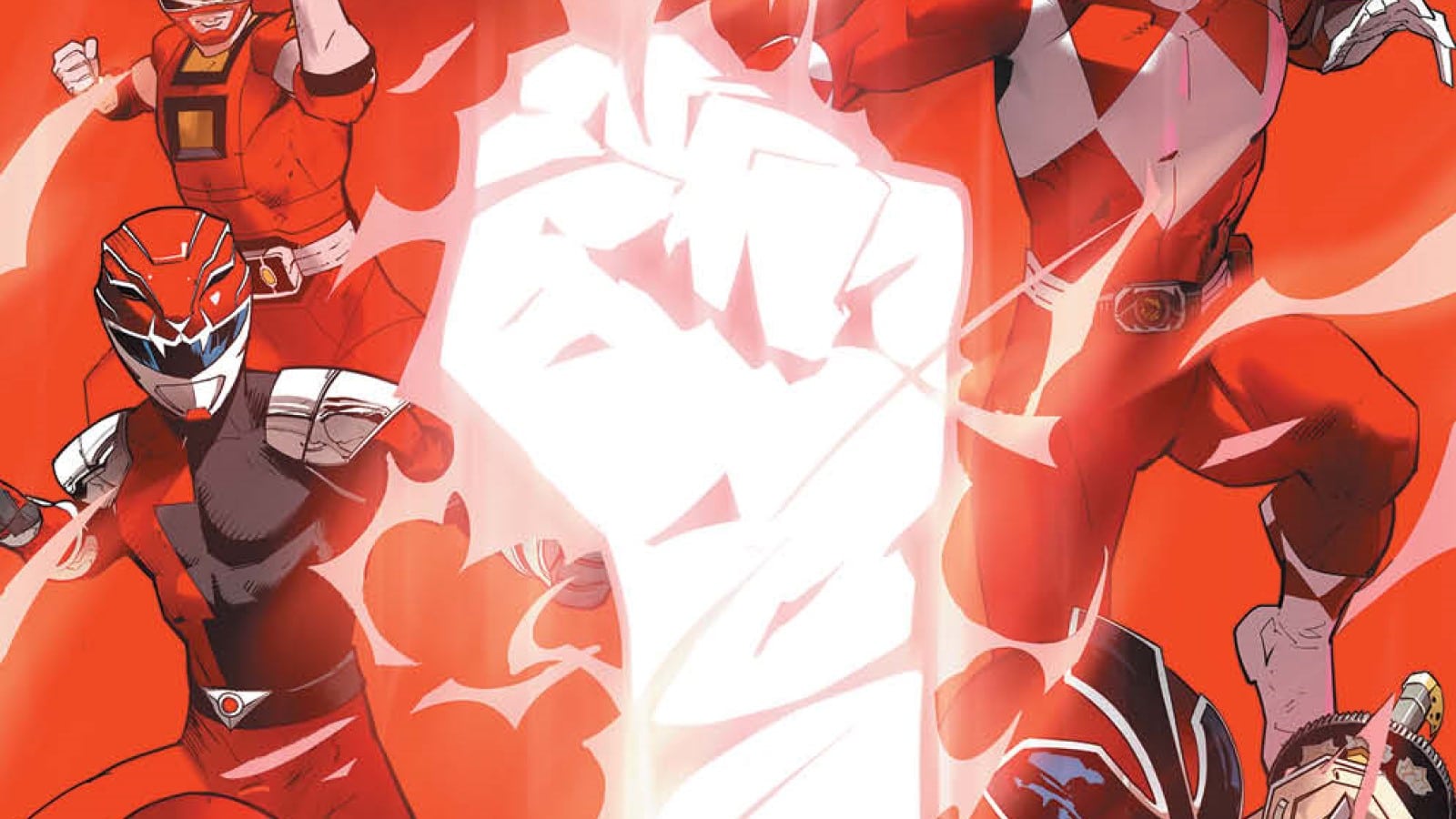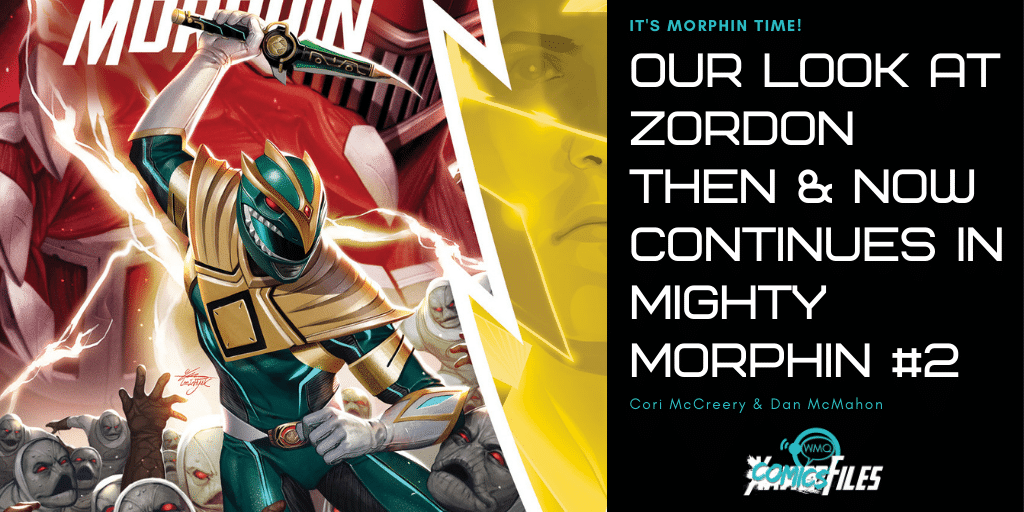I have a vivid memory of standing in line at McDonalds with my grandfather when I was just 8 years old. Mighty Morphin Power Rangers: The Movie had just hit theaters and the fast-food juggernaut (knowing exactly which way the wind was blowing) had announced the inclusion of Power Rangers toys in each of their Happy Meals. After waiting in line for what seemed like hours, we reached the register where a beleaguered employee informed us up-front that there were no more White Ranger toys available. That was fine by me, I didn’t want a White Ranger toy. I wanted Billy. I wanted the Blue Ranger.
Billy wasn’t like the other boys on Power Rangers. He was…different. He was like me. And even though my young mind couldn’t grasp the full scope of this fact at the time, it was still comforting to know that our shared difference didn’t prevent either of us from having friends, or from becoming a hero. Now, as a fully out adult, I find myself revisiting this moment more and more often. Power Rangers has always possessed an incredible potential for queer representation. Yet after all this time, that potential has largely gone unfulfilled, and nowhere is this truer than in the comics.
Even as an old fan of the show, I never expected to enjoy the Power Rangers titles as much as I have. BOOM! Studios took a ridiculous concept (teenagers fighting aliens in dinosaur-themed robots) and morphed it into an exceptional line of comics. Characters who started as a collection of tropes were suddenly given depth and motivation. Battles now have stakes that propel larger narratives. They’ve even shown a willingness to take risks with the material. Heck, the amazing “Shattered Grid” event began with fan-favorite Ranger Tommy Oliver getting MURDERED!
When I first started reading, I kept waiting for some sign that BOOM! would incorporate queer identities into their modern vision of the Rangers. The team had always been composed of unique members with different backgrounds and personalities. Why shouldn’t these contemporary “teenagers-with-attitude” include one who identified as gay or trans or even ace? But no sign of representation ever came. The Rangers continued to fight, the universe slowly expanded, and in each story, queer characters remained conspicuously absent.
Eventually in “Beyond the Grid” the series introduced a new Solar Ranger named Ari who was thought to have romantic feelings for another girl. But Ari’s time among the Rangers was short-lived, and her relationship barely rose to the level of subtext. Once that particular run was over, Ari and her girlfriend were left behind. Aside from a brief cameo in one of the later arcs, both characters have completely disappeared from the main storyline.
I’ve followed the Power Rangers comics for a while now, and the absence of LGBTQIA+ characters from the Rangers’ ranks has only gotten more frustrating. BOOM Studios! has published over a dozen titles featuring compelling queer characters. Comics like Wynd, Fence, and Lumberjanes have even earned them critical acclaim for their positive representation. The one big exception has been their ongoing Power Rangers series. For a team that’s basically a walking rainbow, the exclusion certainly feels like a deliberate choice.
The decision makes even less sense when you consider that David Yost, the actor who played the original Blue Ranger, is himself a gay man. In a 2018 interview with Entertainment Weekly, Yost recounted how he was harassed on set by members of the crew for his sexuality, and ultimately left the show when his mental health began to suffer. Despite this, he found encouragement knowing that his role as the Blue Ranger helped many young fans navigate their own journey of self-acceptance. I certainly consider myself to be one of them.
I can still remember how awkward it was to grow up in a world where queer identities were barely recognized, much less accepted. Both the Power Rangers and comic books played an important role in helping me understand who I was. Watching the bookish Billy Cranston save the day taught me that not all heroes needed to fit the straight, macho stereotype that defined the classic 90’s protagonist. It was ok to be introverted. It was ok to prefer reading and science to throwing a football. Being different didn’t make you a lesser person.
This strange, contradictory relationship Power Rangers has with its LGBTQIA+ fans is what bothers me most about the comic. All the right elements for meaningful representation are there: a diverse cast, a compelling medium, a queer-friendly publisher, even the legacy of an original Ranger. You would think that in a world where both DC and Marvel can celebrate Pride with 80-page comic anthologies, the Power Rangers wouldn’t be so reluctant to admit that one of their five core-members wasn’t 100% straight. Instead, they chose to give queer readers a token character and nothing else.
Now, to be completely fair, the fault for this may not lay with BOOM! Studios. While BOOM! does publish the Mighty Morphin and Power Rangers titles, the Power Rangers IP is currently owned by Hasbro. It’s entirely possible that the absence of a queer Ranger in comics is the work of some executive who fears it would negatively impact their toy sales. It would be a pretty mundane excuse, but then, mundane excuses are the bedrock of most exclusionary policies. Whatever the reason, it’s disheartening to watch a comic with so much potential for positive representation remain stuck in a 90’s mindset.
Still, if there’s one thing the Power Rangers taught fans like me, it’s to never give up. Even with all the past disappointments, I’m hopeful that BOOM!’s ongoing series will one day see a core Ranger from the LGBTQ community — from my community. Comics are one of the few mediums where queer voices can truly thrive. While other forms of media often struggle to portray our lives and experiences, comics have always found a way to tell genuine stories that capture our humanity. This can still be true for the Mighty Morphin Power Rangers.
In my lifetime I’ve witnessed countless milestones for equality: the repeal of “Don’t Ask, Don’t Tell”, the Supreme Court rulings in Obergefell and later Bostock. At the same time, comic fans who once had to get by on queer coding and innuendo have seen a groundswell of dynamic LGBTQIA+ heroes. We’ve experienced powerful stories from queer creators featuring characters like Wiccan and Hulkling, Harley and Ivy, Dreamer, Aqualand, Loki, America Chavez, and recently, even Robin. Who’s to say that a gay Power Ranger is impossible?
I said at the beginning that Power Rangers has always possessed an incredible potential for queer representation. While that potential has gone unfulfilled, it hasn’t disappeared either. The franchise still champions diversity, teamwork, and accepting others for who they are. The same Rangers who taught children that it was okay to be different are the same ones now exploring issues of justice and accountability in the pages of BOOM!’s comic. As long as queer fans and readers continue to hold the Power Rangers to these ideals, I’m confident we’ll one day find a reflection of ourselves among their ranks. After all, to quote one Ranger, “Isn’t the smallest chance of victory enough of a reason for us to keep fighting?“

